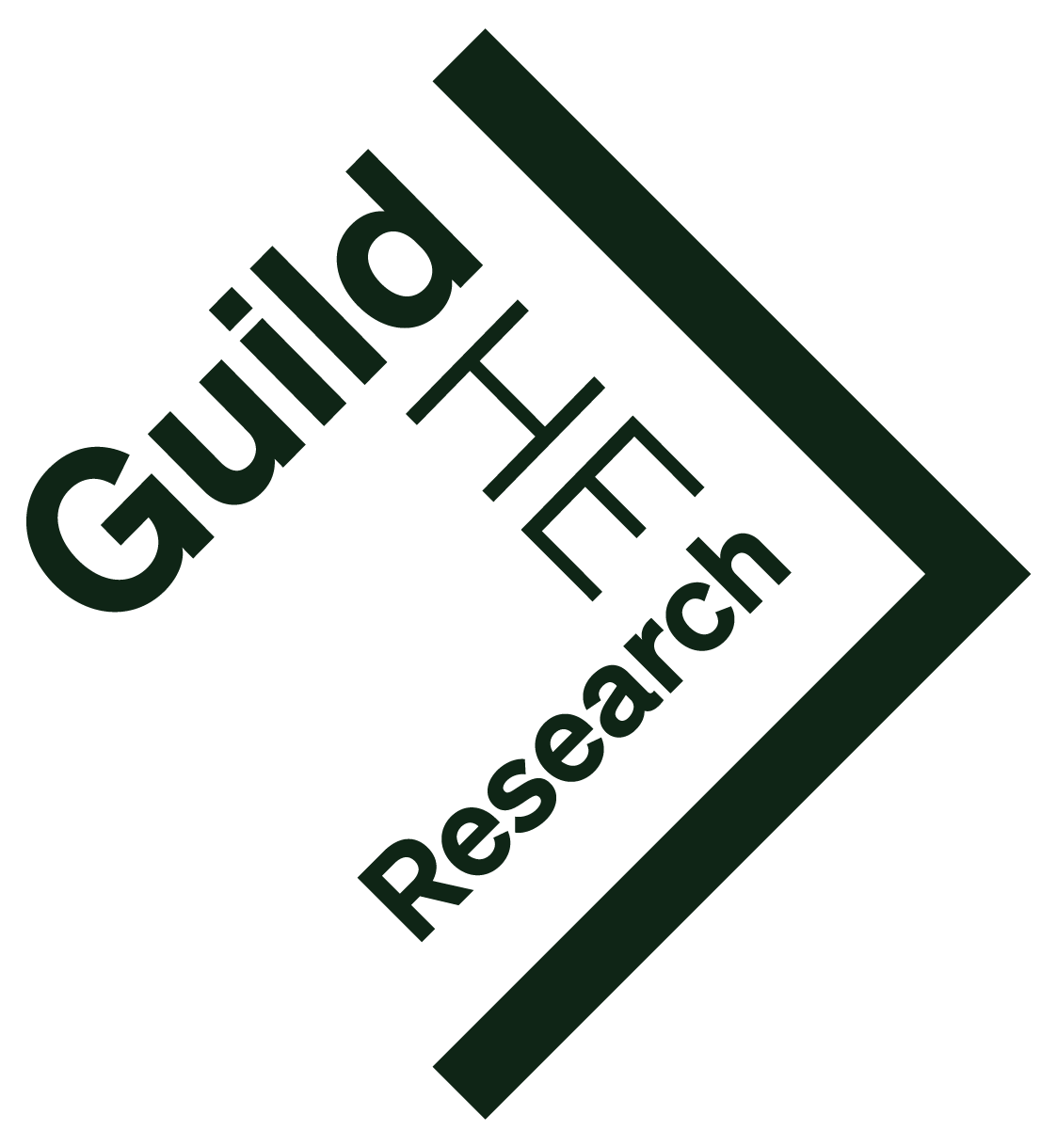Ununited mobile odontoid fracture: Clinical and imaging findings with subsequent management: A case report
Roug, Inger, Cook, Jane, Pabbathi, V and Radin, J (2025) Ununited mobile odontoid fracture: Clinical and imaging findings with subsequent management: A case report. Journal of Chiropractic Medicine. ISSN 1556-3707
|
Text
Pabbathi V 2025 JCM full article combined.pdf - Accepted Version Restricted to Repository staff only until 30 September 2026. Available under License All Rights Reserved . Download (617kB) |
Abstract
Objective: The purpose of this case study is to describe the clinical presentation and imaging evaluation of an acute type II dens fracture that failed to unite with immobilization. Subsequent management aimed at optimizing the patient’s quality of life is discussed. Clinical Presentation: An 84-year-old male presented to a chiropractic clinic 4 days after a ground-level fall onto his face. He demonstrated facial bruising, severe pain of the neck and severely limited cervical rotation. Based on the clinical findings and history, the attending chiropractor suspected a cervical spine fracture. Intervention and outcome: The chiropractor proceeded to take cervical spine radiographs which showed a type II dens fracture and anterior translation of C1. The patient was then transported to the hospital by ambulance, where computed tomography (CT) confirmed the presence of a type II odontoid fracture. Following immobilization, initially with a hard collar and later a soft collar, the dens fracture healed but with non-union. A magnetic resonance imaging scan with flexion and extension showed translation of the dens, however no spinal cord compromise was demonstrated. Surgery was not advised due to the patient’s age and lack of cord compromise. The chiropractor resumed management after medical clearance, focusing on fall prevention strategies, neck strengthening exercises and gentle soft tissue work. Conclusion: Upright magnetic resonance imaging with flexion and extension was helpful for evaluation and further management of a non-united mobile type II dens fracture. Patients who experience non-union of type II odontoid fracture may benefit from conservative measures aimed at falls prevention, such as balance exercises, bone and heart health evaluation, muscle strengthening, cataract evaluation and scrutiny for hazards in the home. (J Chiropr Med 2025;00;1-7)
| Item Type: | Article |
|---|---|
| Schools: | AECC School of Chiropractic |
| Depositing User: | Bridget Roberts |
| Date Deposited: | 29 Oct 2025 10:56 |
| Last Modified: | 29 Oct 2025 13:36 |
| URI: | https://hsu.repository.guildhe.ac.uk/id/eprint/595 |
Actions (login required)
 |
Edit Item |

